Fritz Kahn
93 x 46 cm
Rare and fascinating English-language edition of Fritz Kahn's "Der Mensch als Industriepalast" [Man as an Industrial Palace], translated here as "The Human Factory".
This iconic piece of early 20th Century industrial design shows the human body's chemical reactions and functions are represented as a machine. The artwork was designed and completed by famous medical illustrator, Rudolf Schick and edited by Kahn.
Each part of the human body is represented by a mechanical equivalent. On the left of the diagram, there is a key to the different functions within respiration and blood circulation, and for nutrition and parts of the body are colour-coded; Red for blood arteries, brown for the windpipe, blue for venous blood and yellow for intestinal ducts.
Created by Fritz Kahn (1888-1968), a German-Jewish doctor whose work was banned under the Nazis and who eventually fled to the United States with the help of Albert Einstein.
Kahn would later write that man and machine were not so different: "Both derive their energy from the combustion of carbon, which they obtain from plants. Man, the weaker machine, utilizes fresh plants for fuel, while the locomotive, a stronger machine, uses fossilized plants in the form of coal".
The original German edition poster was originally published as a supplement to the second volume of Kahn's 5-volume treatise of popular medicine and physiology entitled, "Das Leben des Menschen" [The Life of Man] published between 1926-1931 in Stuttgart by Franckh'sche Verlagshundlung. Kahn's work was then revised, translated into English by George Rosen and published in 2 volumes in 1942 as "Man in Structure and Function".
This example features a paste-on label in the upper right corner noting that it was "Supplied by Adam, Rouilly & Co. Ltd." based in Tottenham Court Road, London. It bears some differences with other examples of "The Human Factory" which have the title presented in a much more discreet fashion to the left of the head of the diagram, rather than emblazoned across the top of the artwork. A key to the functions and labels falls underneath it.
Published by Rudolf Schick in Toronto, Canada. [POSTERp411]


